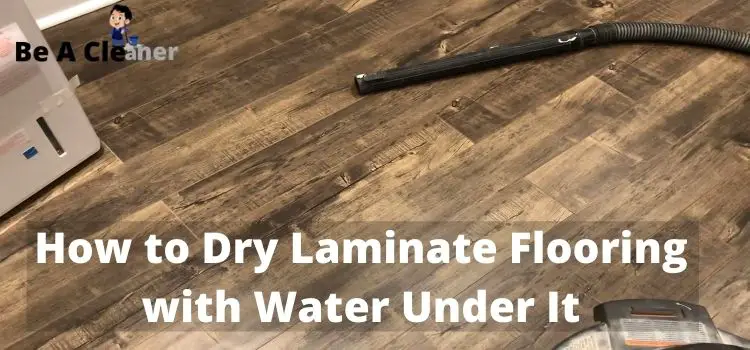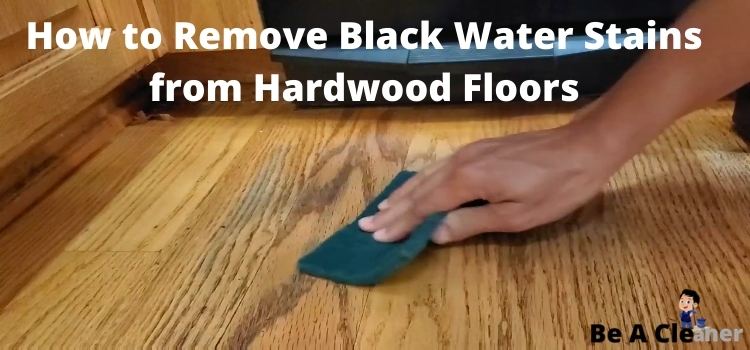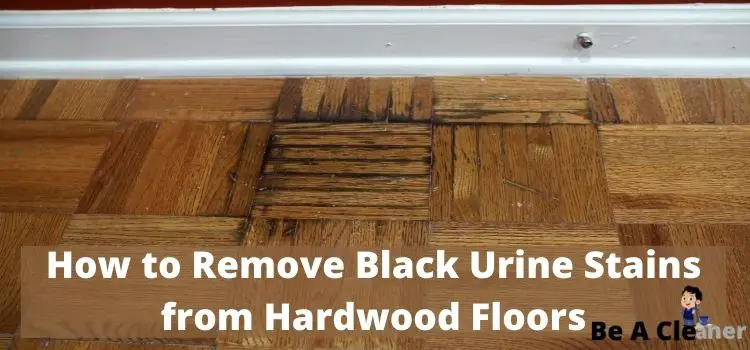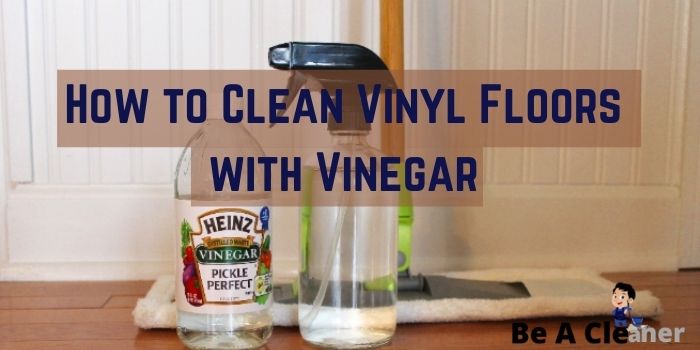What if your laminate flooring gets underwater? Worried? Of course, you need to be.
Floors enhance the beauty of a home. Laminate floors are durable and give an aesthetic look. It can endure extreme pressure and high heat.
This floor is made with aluminium oxide and melamine resin, so regular moisture can’t damage laminate floorboards.
If it gets in touch with water for a longer time, it will be damaged because water underwood laminate flooring gives a chance for the mold to grow. And mold damages the laminate floor.
But as long as we are here, you don’t have to be worried. You can treat your laminate flooring with water under it.
Whether your floor is wet because of a water spill, water leak, or something else, you can repair the laminate floor. But you have to do it faster.
Wet laminate floors will swell quickly, so start the repair as soon as possible. The longer you wait, the more damage you will undergo.
This article will tell you how to dry laminate flooring with water under it. So scroll down to know more.
Spilled Water On Laminate Floor
Spilled water can’t bring any damage to your laminate floor until it gets soaked with water entirely. The laminate floor has four layers. The wear layer is one of them. It is specially designed to resist any water damage caused by spilled water.
So, you don’t need to worry if a few drops of water spill on your laminate floor. You can handle it with a dry towel or a vacuum cleaner that is friendly to the laminate surface.
However, the real damage will occur when a large spill of water has on the planks and seeps into the seams. If the laminate planks get saturated with water, they will start bending, bubbling, and buckling up.
How to Dry Laminate Flooring with Water Under It
From this chapter, you will learn how to remove water under the laminate floor and dry the wet area. So, let’s dive deeper.
Method 1: Use A Dry Cloth and A Fan

Before you start any repairing method, try to save up the floor as much as you can from water. The more water will be on the floor, the more chances it will be ruined. Stopping wet laminate flooring mold from growing is possible.
Pick up water with a cloth as much as you can. If it’s a small spill, you can easily wipe up the water with a cloth or paper towel.
But if the laminate floor has more water, it’s gonna take time and more effort. If the water depth is more than one inch, use a vacuum cleaner or pump immediately. And if it’s less than one inch, then a towel will be enough.
After cleaning water, now it’s time to dry the laminate board. Carefully remove floorboards one by one and dry them.
Use a fan to dry the floorboards; if they aren’t thoroughly dried, they will bend or warp.
If you already see some growing mold, clean them with warm water and dish liquid.
You have to clean and disinfect them before you reinstall them. But remember, repair laminate floor water damage is possible until the water swells the board.
Method 2: Dry Out With Hair Dryer or Heater
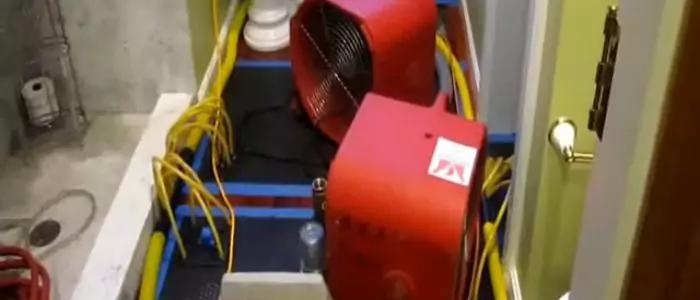
If the water isn’t over the floor, but water got underneath the laminate floor, it will be challenging to dry.
Sometimes the water is leaked under the laminate floor; then, you have to use a baseboard to drain the water.
It would be best if you did it before the water damaged the area completely. Now remove the damaged floor part and dry them; the longer the water will stay under the floor, the much it will be damaged.
You need to make sure the wet area isn’t available, every drop of water is cleaned. And after finding the source of water, you need to repair it.
You can use a hair dryer or heater to dry the floors and subfloors. Keep one thing in mind; you can’t dry the laminate floor until you remove it from the wet surface.
If you continue to reinstall the laminate floors on the damp surface, there will be structural damage. And The floorboard will be swollen, and you won’t have any choice other than to replace the whole floorboard.
Method 3: Replace the Damaged Plank With the Extra Floorboards

When repair laminate floor water damage is beyond thinking; I mean, there is no way to repair it; you have to replace them. After the laminate floorboard is damaged by water, you can’t reinstall them, or if you do, it won’t look good.
Along with itself, the laminate floorboard will damage the linked one. You know moisture can transfer very quickly from one to another. What can you do now?
Usually, floorboards come in a package, so after installing them, you may find some extra. Those extra floorboards you can use now when some of the floorboards are damaged.
If you don’t have some leftovers, you have to buy new ones. But you have to replace them, either the whole laminate floor will be ruined.
Method 4: Call Your Homeowner Insurance

If you own the home, don’t hesitate to reach your homeowner’s insurance. They will send someone to remove the flooring and dry the wet subfloor correctly.
Keep in mind; you will never dry the subfloor unless you remove the laminate floor. If you do the removal workflow in the wrong way, you could end up with even more structural damage and open the door for mold to grow. However, taking services from them will cost you a leg and arm.
On the other hand, you should contact the management if you rent the house, and it will not cost you a single buck.
What To Do if Laminate Floor Gets Wet or Water Get Under It?
If you don’t use any tool to dry the laminate floors, they won’t dry in weeks. You have to use some tool like a fan or high voltage fan.
Usually, if you use high-volume fans, the laminate board will take 15-30 hours to dry thoroughly.
But this time isn’t exactly fixed. It depends on the amount of water spill and the fan you use to dry it. If you use a standard regular usable fan, it will take a minimum of one week to dry.
But if you use a high-volume fan with enough power to dry the laminate floors, it works quickly.
Your laminate floors will be dry and ready to reinstall in 20 hours. But make sure the water is wiped out with a cloth first. If there is lots of water, no matter how high voltage the fan is, it can’t dry out the spilled.
How To Fix Laminate Floor Water Damage
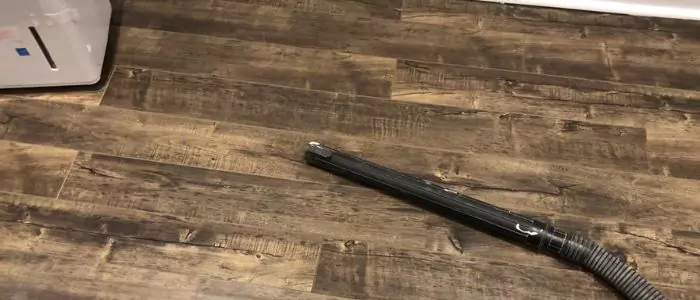
You can fix the laminate on which some sort of water spills. Following the methods we mentioned above, you can dry out the water under the laminate base.
Using a dehumidifier or a heater, you can dry out a small amount of water under the floor.
But you will get no luck if the laminate planks get saturated with water completely. In this case, replacing the damaged laminate floor with a new one is the only way to fix the issue.
To sum up, you must replace the planks to fix laminate floor water damage.
How to Get Water Out from Under Laminate Floor
Laminate floor is a popular choice for many homeowners because of its durability, affordability, and easy installation. However, laminate floor is not waterproof, and water can seep into the cracks and edges of the planks, causing them to swell, buckle, and delaminate. If you don’t act fast, you may end up with a ruined floor that needs to be replaced.
What Causes Water Damage to Laminate Floor?
Water damage can occur under laminate floor due to various sources. Identifying these sources is crucial to effectively address the problem. Here are some common sources:
- Leaking pipes: Faulty plumbing systems or leaking pipes can lead to water seeping beneath the laminate floor.
- Appliance malfunctions: A malfunctioning dishwasher, washing machine, or refrigerator can cause water leakage, leading to moisture accumulation under laminate floor.
- Foundation cracks: If your home’s foundation has cracks or gaps, water can seep in from the ground and accumulate beneath the laminate floor.
- Roof leaks: Damaged roof shingles or improper insulation can result in water leaks, which can eventually find their way to the flooring.
What Are the Signs and Consequences of Water Damage to Laminate Floor?
When water infiltrates laminate floor, it can lead to various detrimental consequences that should be addressed promptly. Some signs and consequences include:
- Warped or buckled floors: Water exposure can cause the laminate floor to warp or buckle, resulting in a compromised appearance and potential tripping hazards.
- Mold and mildew growth: Moisture trapped beneath the laminate floor creates an ideal environment for mold and mildew to thrive, posing health risks and emitting unpleasant odors.
- Subfloor damage: Water can also damage the subfloor underneath the laminate floor, causing structural issues and requiring costly repairs.
How to Get Water Out from Under Laminate Floor: A Step-by-Step Guide
If you notice water under your laminate floor, you need to act fast and follow these steps to dry it out and prevent further damage:
- Step 1: Soak up as much water as possible with a dry mop or towels.
- Step 2: Remove the baseboards or trim around the perimeter of the room.
- Step 3: Carefully pry up the affected planks, starting from the nearest wall and working your way inward.
- Step 4: Wipe the water off the laminate planks and the subfloor with a clean cloth.
- Step 5: Place the laminate planks in a dry and well-ventilated area, preferably with a fan and a dehumidifier running.
- Step 6: Check the subfloor for moisture and mold, and treat it accordingly.
- Step 7: Let the laminate planks and the subfloor dry completely for at least 48 hours, or longer if needed.
- Step 8: Reinstall the laminate planks, making sure they fit snugly and securely.
- Step 9: Replace the baseboards or trim, and clean the floor as usual.
How to Prevent Water Damage to Laminate Floor in the Future?
To avoid water damage to your laminate floor in the future, you can follow these tips:
- Avoid installing laminate floor in areas that are prone to moisture, such as bathrooms, kitchens, basements, and laundry rooms.
- Use a waterproof underlayment or vapor barrier under the laminate planks to protect the subfloor from moisture.
- Seal the edges and joints of the laminate planks with a waterproof glue or caulk to prevent water from seeping in.
- Clean up spills and leaks as soon as possible, and avoid using excessive water or steam to clean the floor.
- Use rugs, mats, or trays to protect the floor from water sources, such as sinks, tubs, showers, plants, and pet bowls.
- Inspect the floor regularly for signs of water damage, and take action immediately if you notice any.
Know More on Beacleaner
Know More-How to Clean Vinyl Floors with Vinegar
Frequently Asked Questions
How Long Does It Take To Dry Laminate Flooring?
Usually, a laminating floor takes two days or three days to dry thoroughly. Due to being a dense fiberboard, laminate takes so much to dry. And if the use of laminate water damages floors, it’s gonna take more than weeks.
Sometimes the time will be 10-12 days and sometimes more. We can’t give you the exact day to dry. And once the laminate floors dry enough, you can’t get back their original form/dimension no matter what you do.
Does Water Under Laminate Cause Mold?
Yes, water under the laminate floor causes mold. Mold grows when it gets in touch with water. When a toilet or tub, or water pipe leaks under the tiles flooring, the mold gets a perfect chance to grow itself.
Or when mold finds an excellent damp environment under the laminate, it starts growing and creates spores that drift inside your home.
Mold not only damages the look of your home, but it’s also dangerous for your health. So to fix it before it spreads.
What To Do When Spill Water On Laminate Floor?
A laminate floor is water-resistant. So you have to keep it away from water. But what if you spilled water on the laminate floor accidentally? Nothing to worry about until the laminate floor takes the moisture or the water goes under the floor.
You can immediately mop away the water spill and make your laminate water-free and long-lasting.
Water damage laminate floors if it is stuck between joints and soaks into the laminate body.
Gradually it will swell and become a place for mold. Mold will take only a few hours to grow in this situation.
How Long Does It Take For Mold To Grow Under Wet Laminate?
It takes only 24 -48 hours for mold to grow under wet laminate. The laminate floor is a durable flooring option.
It’s better and beautiful than the hardwood floor and carpet floor. But it needs maintenance also. If it gets in touch with water anyhow, mold will grow instantly.
It won’t take more than 24 hours to develop. And until you fix the source of moisture or stop the water exposure, it will keep growing and damage your laminate floor.
Is It Safe to Stay in a House with Mold?
Not at all. Mold doesn’t only damage the floor but also becomes the reason for being sick. Mold is very unhygienic. You will get immediately ill if you have asthma or allergies.
Don’t think you don’t have allergies or asthma problems, so you are saved; it won’t cause you. Mold exposure will create irritation on your skin, eyes, nose, throat, and even lungs.
So not because to keep your home fresh and beautiful but also to be safe from problems mold creates, you have to get rid of a mold problem as soon as you can.
Can mold grow under laminate flooring?
If the mold spores remain under the laminate floor, they will grow. The mildew will grow even there is no water leaking through.
Will water under laminate cause mold?
Yes, it takes only 24-48 hours to cause mold if there is water under the laminate floor.
How much water can laminate flooring take?
Generally, the edge of the laminate base can handle two hours of submerged water exposure. Afterward, the laminate starts soaking up the water and you never get the water back, causing your laminate floor to bubble up.
Conclusion
Throughout this article we discussed how to dry laminate flooring with water under it. If you have read this fully, we hope now you have all your answers.
Starting from how the laminate floor gets damaged to its solution, drying out laminate flooring with water under it, we have covered all. Now you know all the ways to dry out the laminate floor.
Try our methods and let us know how it works. Don’t hesitate to share with us if you have some tricky solutions. If your solution has the power, we will update our article and will publish your explanation here.

I am Evan Jr. Wilson, a professional cleaner. Working as a cleaner, I involve every cleaning task like scrubbing, washing, brushing, sweeping, tidying, vacuuming, mopping, and polishing.
From cleaning the house to work areas & machinery, I have experienced cleaning every space.

